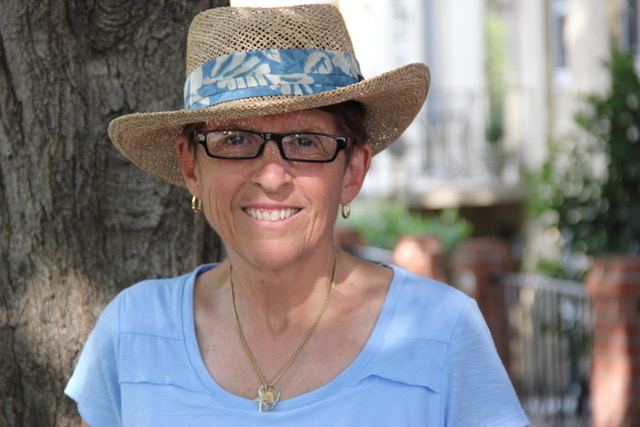A unique phenomenon descends upon Rehoboth Bay each spring! Strange looking but fascinating creatures from prehistoric times put on a show that literally attracts people from all over the world. Horseshoe crabs have been on Earth more than 300 million years, pre-dating dinosaurs. They are called “living fossils” because their closest relatives have been extinct for millions of years.

Typically, in May and June, thousands of them indulge in their annual mating ritual along the shores of the Bay. It is the largest concentration of spawning horseshoe crabs in the world with peak spawning occurring on evening high tides during the full and new moons. The males grasp onto the females and together they head to the shoreline. On the beach, the females dig small nests and deposit eggs, then the males fertilize the eggs.
Curiously, horseshoe crabs are not crabs at all. They are more closely related to spiders and other arachnids than they are to what we think of as crabs or lobsters. They can go a year without eating.
The head is the largest part of the body. It contains much of its nervous and biological organs – like the brain, heart, mouth, nervous system, and glands, all protected by a large plate. The head also protects a large set of eyes and NOT Betty Davis eyes!
Horseshoe crabs actually have nine eyes scattered throughout the body and several light receptors near the tail. The two largest eyes are useful for finding mates – a clue? The other eyes and light receptors are useful for determining movement and changes in moonlight

Female crabs can produce several thousand eggs at a time once they reach 10 years of age. Horseshoe crab eggs typically hatch 14 to 30 days after fertilization. The life span of a horseshoe crab is relatively short, but they can live up to 20 years if they can make it through the eggs stage.
Migratory birds and many ocean animals, like sea turtles, feast on horseshoe crab eggs and larvae. The eggs are an important food source for at least 11 species of migratory shore birds who rely on the eggs to replenish their energy reserves before heading to their Arctic nesting grounds. The red knot, which relies strictly on horseshoe crab eggs for food. Think of it a diner for migratory birds.
While the eggs are an important food for predators, the crabs themselves are just as crucial for the medical well-being of humans. Their blood provides a natural source of limulus amebocyte lysate (LAL) which is used to test vaccines, drugs, and medical devices to ensure that they aren’t contaminated with dangerous bacterial toxins.

You might say that horseshoe crabs are the “original Blue Bloods”. Blue in color, the blood is obtained by collecting adults and extracting a portion of it. Institutions in the biomedical industry are required by the FMP, released alive to the water from where they were collected. Unfortunately, some die and the procedure has become somewhat political.
Volunteers can register to help with the horseshoe crab harvest here. The Delaware National Estuarine Research Reserve (DNERR) conducts a spawning survey each year on several local beaches. Volunteers are required to be trained in survey protocols before being able to participate in a survey.
Conversations and media coverage about the local horseshoe crab harvesting issues have surfaced recently.
Meanwhile, the Milton Historical Society is planning its Horseshoe Crab Festival May 28 from 10 am to 4pm.
By Mary Jo Tarallo, Guest Journalist

Mary Jo Tarallo spent much of her career in public relations with various non-profits and spent 40 years involved with the ski industry as a journalist, public relations director for a national trade association and as executive director of the Learn to Ski and Snowboard initiative. Prior to her ski industry involvement she worked for the Maryland International Center in Baltimore and United Way of Central Maryland. She won a Gold Award for TV programming for a United Way simulcast that starred Ophrah Winfrey. She has been cited for her work by numerous organizations. Mary Jo grew up in Baltimore, attended the University of Maryland and Towson University, lived in Washington, DC for 21 years and has been a full time resident of Rehoboth Beach and Milton since May 2019.